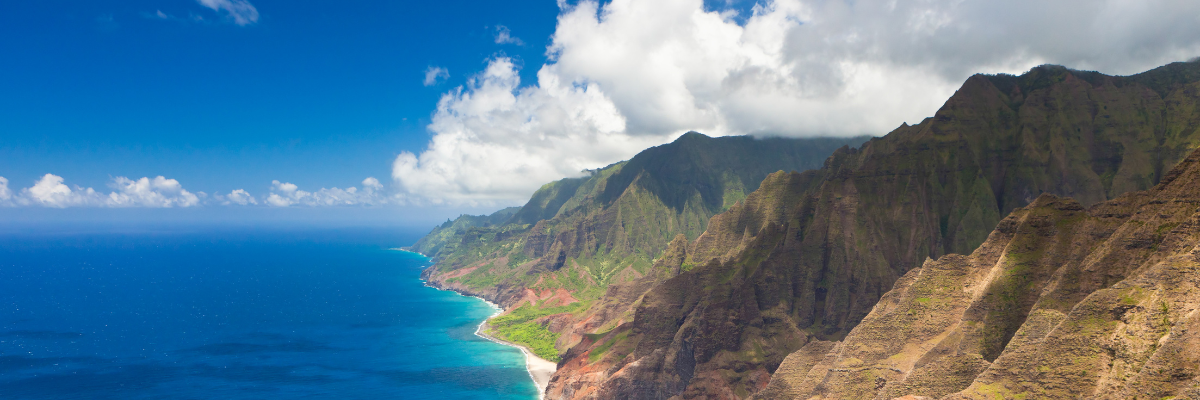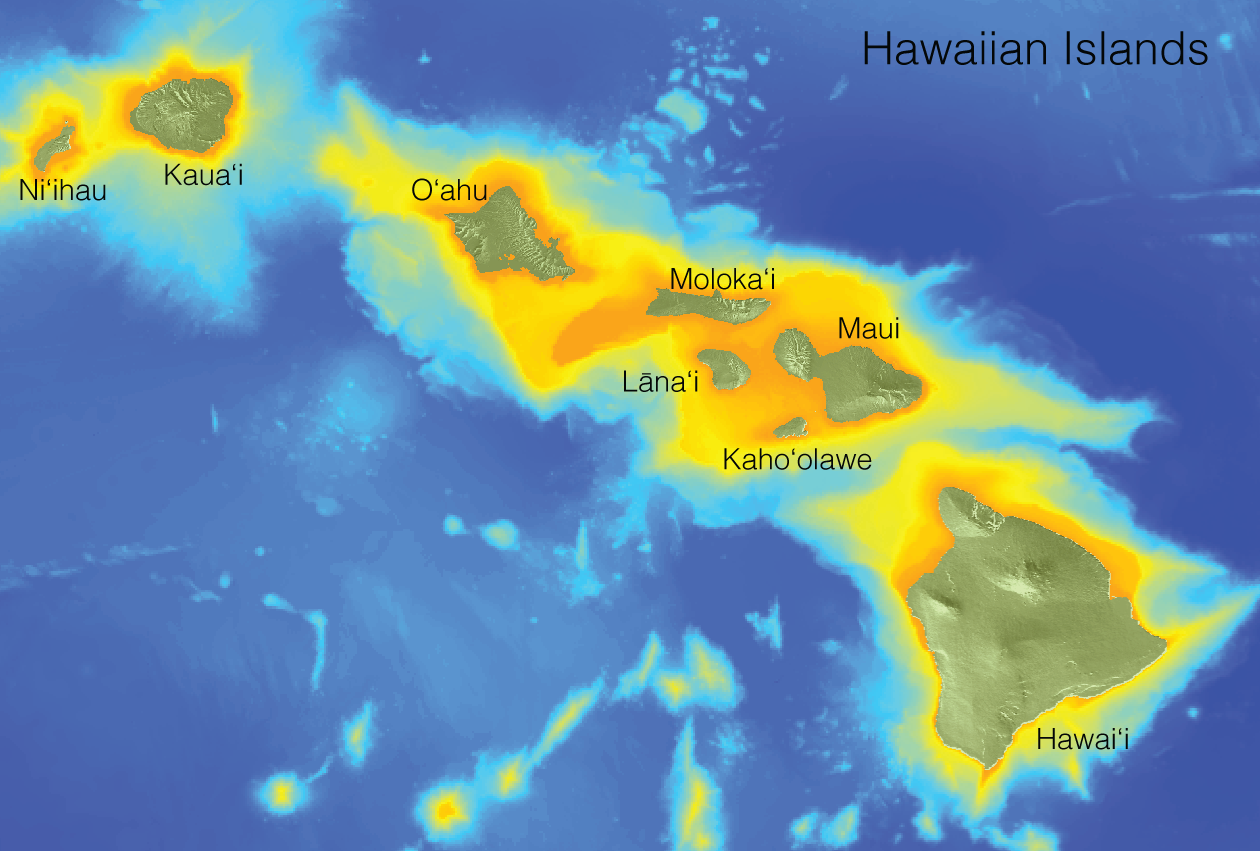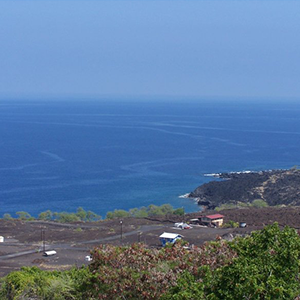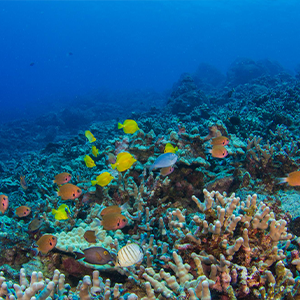The Hawai‘i Integrated Ecosystem Assessment (IEA) is an approach necessary for effective ecosystem-based management of the coast of the Big Island. Read more on the this approach below.
In a collaborative effort with researchers, managers, and community members, NOAA scientists are using the IEA approach to provide ecosystem science to support natural resource management off the coast of the main Hawaiian Islands (referred to as “Hawai‘i”). In contrast to more conventional approaches to resource management, the IEA relies on collaborative, interdisciplinary, and adaptive methods to consider interactions among multiple components of Hawaii’s coastal and marine ecosystem and recognizes that local communities are an integral part of the ecosystem. As such, the Hawai‘i IEA approach recognizes that an understanding of the whole social and ecological system, not simply the individual components, is necessary to conserve marine ecosystems and the benefits and services they provide.




